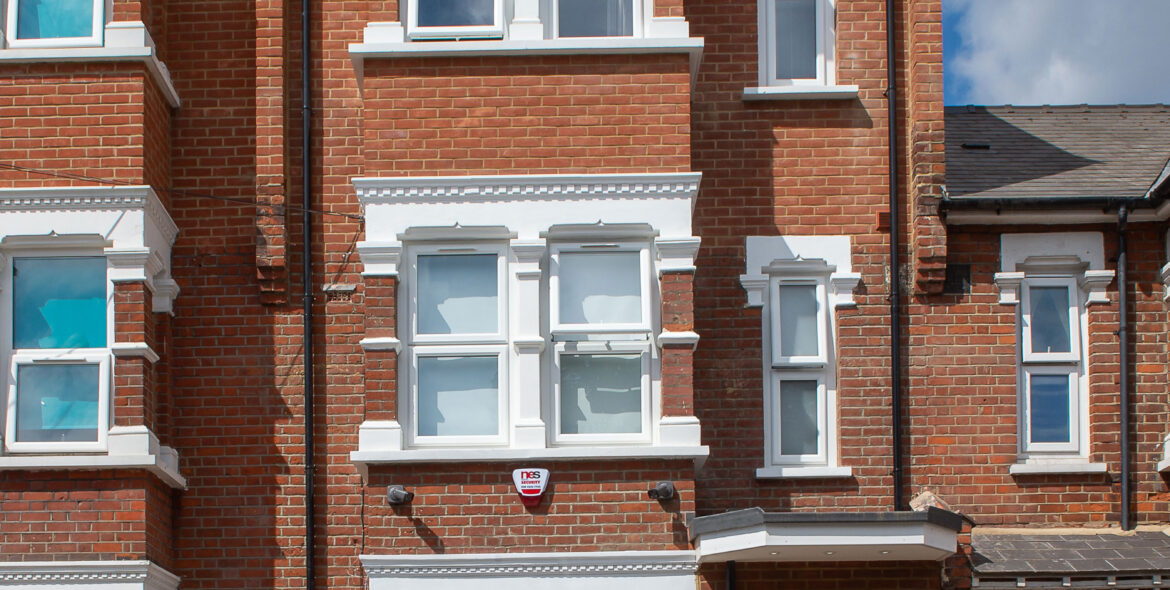The Party Wall Act provides a framework for preventing and resolving disputes in relation to party walls, boundary walls and excavations near neighbouring buildings, thus if you live in a semidetached, terraced house or flat, Party Wall Act might affect your plans of renovating or remodelling it. The Act is separate from obtaining planning permission or building regulations approval.
The walls that constitute as ‘party walls’ are:
– a wall that stands on the lands of 2 (or more) owners and forms part of a building – this wall can be part of one building only or separate buildings belonging to different owners,
– a wall that stands on the lands of 2 owners but does not form part of a building, such as a garden wall but not including timber fences,
– a wall that is on one owner’s land but is used by 2 (or more) owners to separate their buildings.
Other built elements include:
– floors,
– ceilings between flats,
– other structure separating buildings or parts of buildings in different ownership, such as in flats.
The Act covers more extensive work, which includes:
– new building on or at the boundary of 2 properties,
– work to an existing party wall or party structure (such as: inserting a damp-proof course, increasing the thickness of the wall, demolishing, rebuilding or cutting into a party wall),
– excavation near to and below the foundation level of neighbouring buildings (such as: underpinning).
Works that you can undertake that are not included in Party Wall Act are:
– fitting shelves,
– replastering,
– wallpapering,
– electrical rewiring.
If you plan to undertake any work covered by the Party Wall Act, you will need to serve the notice of the commencement of work in the way set down in the act to the adjoining owners. They can either agree or disagree with what you propose, if one of them disagrees – the Act provides a mechanism for resolving disputes. If you don’t reach an agreement, you will have to assign an agreed surveyor to prepare a Party Wall Award. This would cover:
– the work that can be carried out,
– how the works will proceed,
– timings,
– measures for preventing damage,
– the current condition of both properties,
– costs payable to the adjoining owner if damage occurs.
You don’t need planning permission for your plans to serve notice. The way you give the notice to adjoining owners is simple – you send it with a letter. The information you have to include are:
– the date the notice is served
– the date of commencing the work
– all parties’ names and addresses
– a description of planned work
The recipients of the letter have 14 days to provide you with either a written approval or rejection. If they approve your plans, the notice you served will be valid for a year.
Examples of various notices and templates are available on www.gov.uk site under address https://www.gov.uk/guidance/party-wall-etc-act-1996-guidance
If you don’t serve a Party Wall notice to the adjoining owners and they are affected by major damage to their property or loss caused by your work, the judge can award them with compensation for those, including legal costs. The only way to prevent this is an approved notice.
When it comes to fees, serving a Party Wall notice is free. Also in straightforward cases there is no need to appoint a Party Wall surveyor or have a Party Wall Award. In other cases, the Party Wall Award is required. For this, you and the neighbour have to appoint a Party Wall Surveyor, who can act for both sides. The cost of Party Wall Award and the surveyor is approximately £1000. The surveyor however has to be an independent surveyor which can’t be someone you use for your other works, otherwise he may obviously not be seen as neutral by your neighbour.
